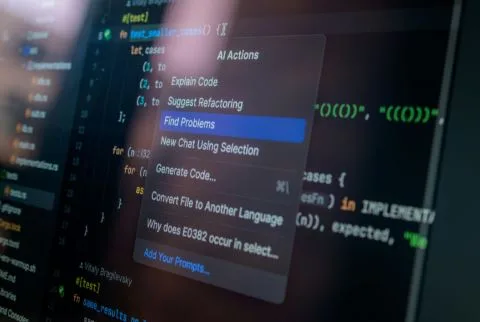Modern Estimating Technology Improving General Contracting Workflow
Imagine a contractor walking into a morning site check already equipped with precise numbers, updated client details, and a clear view of what each job requires. That kind of momentum starts long before the first tool hits the ground.
Digital estimating tools give contractors immediate clarity, turning once-fragmented tasks into a series of quick, confident steps. The result is a workday that feels steadier, more responsive, and suited to the demands of a fast-moving industry.
How Digital Estimating Tools Reshape the Contractor Workflow
Modern projects demand moving fast, which creates pressure for contractors to deliver accurate estimates without slowing down active jobs. General contractor estimating software like Joist connects estimating, invoicing, and payment tracking in one place, which helps reduce back-and-forth communication and delays. This type of streamlined process supports contractors who want to present professional bids, build trust with clients, and keep day-to-day operations organized.
Many contractors describe a noticeable shift once they transition from manual systems to digital estimating tools. They experience consistent document formatting, quicker turnaround times, and fewer mistakes during cost breakdowns. These improvements become even more valuable when managing jobs across multiple sites.
Why Efficiency Matters in Today’s Construction Landscape
Construction schedules often hinge on precise planning. Projects can stall when estimates, invoices, and updates fall behind, so contractors benefit from tools that cut out unnecessary steps. Companies across the industry report that digital estimating helps them reduce administrative bottlenecks and keep momentum across every phase of a build.
The push for efficiency reflects increasing competition in residential and commercial contracting. Clients expect:
- Fast responses
- Complete clarity in cost projections
- Straightforward documentation
Improved Accuracy Through Centralized Job Details
Accurate estimates protect profit margins, prevent miscommunication, and strengthen working relationships. Modern estimating platforms help centralize critical information so contractors do not need to track details across several tools at once. Examples include:
- Materials lists that update as quantities change throughout planning
- Labor rates stored in a single location for quick reference
- Project notes organized by job phase for better clarity
- Templates that keep estimates consistent from project to project
Streamlined Invoicing That Supports Faster Payment Cycles
Billing is one of the most time-sensitive parts of contracting. Delays in invoicing can slow down cash flow, which then affects purchasing, scheduling, and subcontractor payments, even for working within other countries. Contractors who adopt modern estimating and invoicing apps often see improvements in:
- The time it takes to create and send an invoice
- The accuracy of billable items listed on each document
- Communication with clients who prefer clear digital invoices
- Tracking unpaid or overdue requests through organized dashboards
Mobile Tools That Keep the Jobsite Connected
General contractors spend significant time moving between job sites, suppliers, client meetings, and office tasks. Mobile estimating technology helps maintain momentum during these transitions. Many apps support functions such as:
- Creating or adjusting estimates directly from the jobsite
- Capturing client signatures on the spot
- Attaching photos to estimates for added clarity
- Sending invoices or payment reminders without returning to the office
Digital Records That Simplify Project Management
Recordkeeping is essential for every general contractor. Digital tools help store documents securely while making them easy to access at any time. Organized records contribute to smoother project management through features like:
- Archived estimates that help compare project costs over time
- Invoices sorted by client, job name, or date
- Payment histories that support tax preparation and long-term planning
- Stored correspondence that helps resolve questions quickly
A More Streamlined Future for General Contractors
As the construction industry moves toward greater digitization, contractors who adopt modern estimating technology position themselves for long-term stability.




